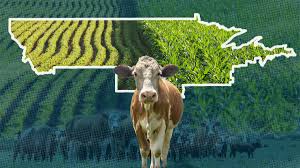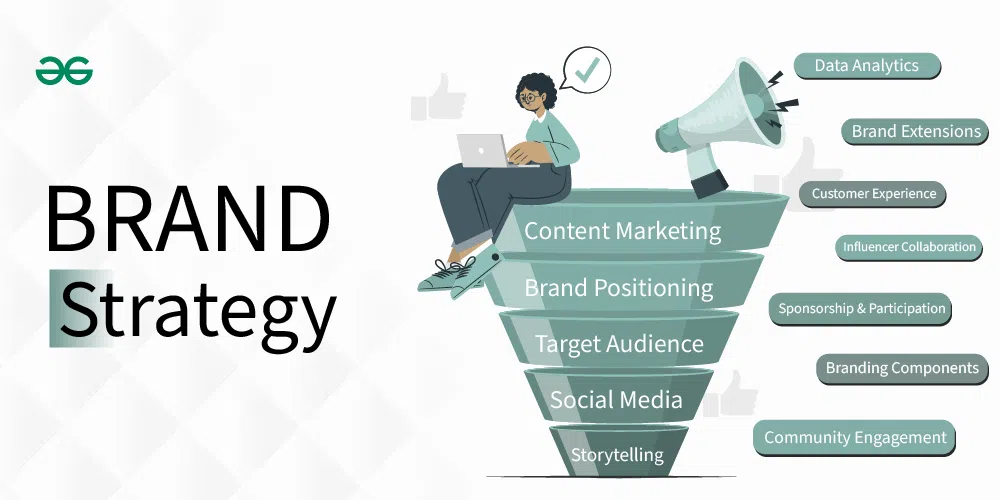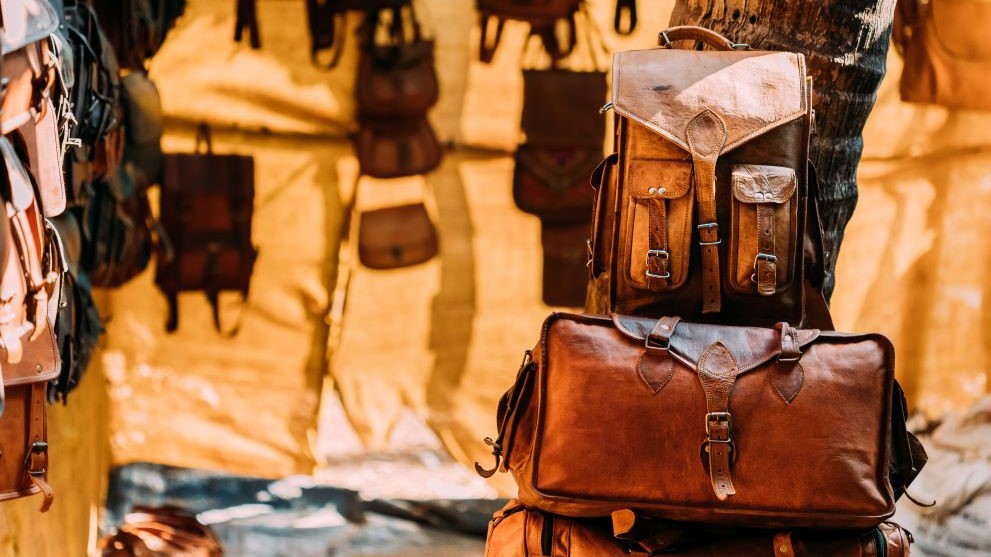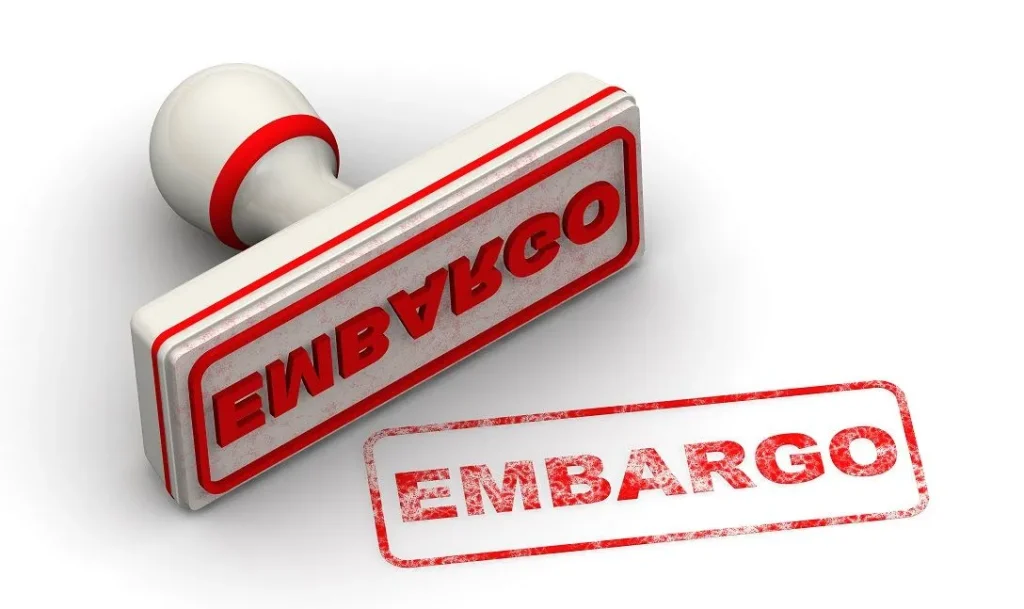
Global buyers don’t just want great products—they want to know where they come from, how they’re made, and whether they’re safe and ethical.
That’s where traceability and transparency come in.
Whether you’re selling food, skincare, or handmade goods, offering clear information about your supply chain can set you apart and build long-term trust.
What Is Traceability?
Traceability is the ability to track the full journey of a product—from raw materials to the final export.
This includes:
- Source of ingredients or materials
- Location and method of production
- Handling and distribution process
- Batch or lot tracking
Buyers want to know:
“If something goes wrong, can you trace it back?”
What Is Transparency?
Transparency is how open and honest you are about your processes. It’s not just what you share—but how easy you make it for buyers to verify.
This includes:
- Clear labeling and certifications
- Supplier and factory info (when relevant)
- Sharing social or environmental impact
- Being honest about limitations (e.g., “no preservatives, shorter shelf life”)
Why Buyers Care
- Food safety: Traceability reduces contamination risk
- Ethical sourcing: Especially for organic, fair-trade, and Halal markets
- Brand values: Big retailers prefer partners who are open, not secretive
- Compliance: Some countries now legally require traceability data
For B2B buyers, transparency = lower risk.
How to Build Traceability as a Small Business
- Document every step
- Where do your raw materials come from?
- Who processes them? How are they stored?
- Use batch coding
- Simple labels like “Lot A0525” linked to production records
- Keep digital records
- Even using Google Sheets or WhatsApp logs is better than nothing
- Date, supplier name, quantity, handling notes
- Train your team
- Everyone should understand the importance of records and clean handling
How to Be Transparent Without Overexposing
You don’t need to reveal every secret—just be credible and consistent.
- Add sourcing info to your label or website:
“Sourced from small farms in Flores, Indonesia.” - Mention production practices:
“Naturally dried under the sun, no preservatives.” - Share certifications and who issued them
- Tell your real story—don’t overclaim or greenwash
Transparency is not about being perfect. It’s about being honest and clear.
Bonus: Digital Tools You Can Use
| Tool | Function |
|---|---|
| QR Codes on Packaging | Link to product trace info or farmer story |
| Inventory Apps (e.g. Stock&Buy, Sortly) | Track production & shipping |
| Google Sheets / Notion | Digital record-keeping |
| WhatsApp Groups (internal use) | Quick trace logs for small teams |
You don’t need fancy ERP software to get started—just discipline.
Conclusion
In the global market, trust is currency.
Traceability and transparency show buyers that your local product is not just good—but reliable, safe, and professionally managed.
Start documenting now, share your process clearly, and build a reputation that goes beyond taste or packaging.
Buyers will see the difference—and so will your bottom line.








